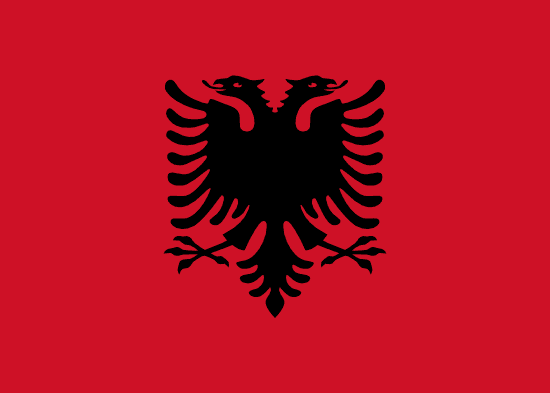"Perla e Jonit | The Pearl of the Ionian"
About:
Saranda, a city in southern Albania, was founded in antiquity as Onchesmus. It was part of the Roman and Byzantine Empires, before falling under Ottoman rule in the 15th century. After World War II, it developed into a major tourist destination under communist rule. Following the fall of communism in the 1990s, Saranda experienced rapid growth and modernization, becoming one of Albania's most important tourist centers. Today, it is known for its unique architecture, beautiful beaches, and vibrant nightlife.
When to visit:
Saranda, located in southern Albania, experiences a Mediterranean climate characterized by hot, dry summers and mild, wet winters. The peak tourist season in Saranda typically occurs during the summer months of June to August when the weather is most favorable for beach activities and sightseeing. However, for travelers seeking a more relaxed and budget-friendly experience, the shoulder seasons of spring (April to May) and fall (September to October) offer pleasant weather with fewer crowds. Winter (November to March) is the least popular time to visit Saranda due to the cooler temperatures and higher chance of rainfall.
When to avoid:
Saranda, located in southern Albania, experiences its peak tourist season during the summer months of June to August, making it the busiest time to visit. However, the worst time to travel to Saranda on a holiday would be during the winter season from December to February. During this time, the weather is typically cold and rainy, with many tourist attractions closed. Additionally, the lack of crowds and limited availability of services and amenities may result in a less enjoyable travel experience. It is recommended to plan your visit to Saranda during the spring or autumn months for a more pleasant and rewarding holiday experience.
Winter Season (Dec-Feb)
In Saranda, winter (December to February) is the coldest and wettest season. Average temperatures range from 8-14°C with rainfall peaking in December, receiving around 148mm. Daylight is limited to roughly 9-10 hours, with cloud cover often obscuring the sun. Despite this, Saranda's winter is milder compared to other European cities. An average day for a visitor may involve light showers and overcast skies, but the city's natural and cultural attractions remain accessible. Warm clothing and waterproof gear are recommended.
"Summer (June-August)"
In Saranda, Albania, the warmest part of the year is from June to August, which is the summer season. During this period, the average high temperature ranges from 28°C (82°F) to 31°C (88°F), and the average low temperature is around 20°C (68°F).
Rainfall is minimal during these months, averaging about 20-30mm per month. This means that the summer season in Saranda is typically dry, making it an excellent time for outdoor activities.
The summer season in Saranda also offers plenty of sunlight, with an average of 12-13 hours of daylight per day. This provides ample time for sightseeing and exploring the city.
Humidity levels during this period are relatively high, usually around 60-70%. However, the sea breeze often helps to make the heat more bearable.
Cloudiness is typically low in the summer, with clear or mostly clear conditions occurring on average 70% of the time. This means you can expect plenty of blue skies and sunshine.
A typical day for a visitor during the warmest part of the year in Saranda would involve warm, sunny weather, perfect for beach activities or exploring the city's historical sites. There might be a brief afternoon shower, but it usually clears up quickly. Evenings are comfortably warm, ideal for leisurely walks along the seafront or alfresco dining. Despite the humidity, the sea breezes make the climate feel comfortable, not overly sticky or oppressive.
Language:
In Saranda, a city in southern Albania, the most commonly spoken language is Albanian, specifically the Tosk dialect. Due to the city's popularity as a tourist destination, English, Italian, and Greek are also frequently used for communication.




